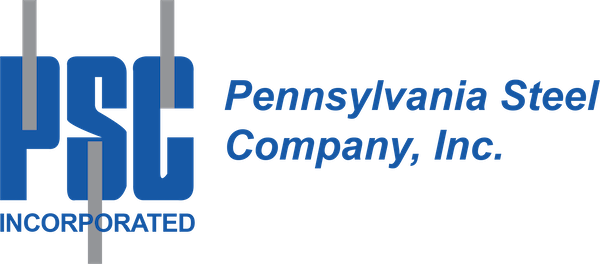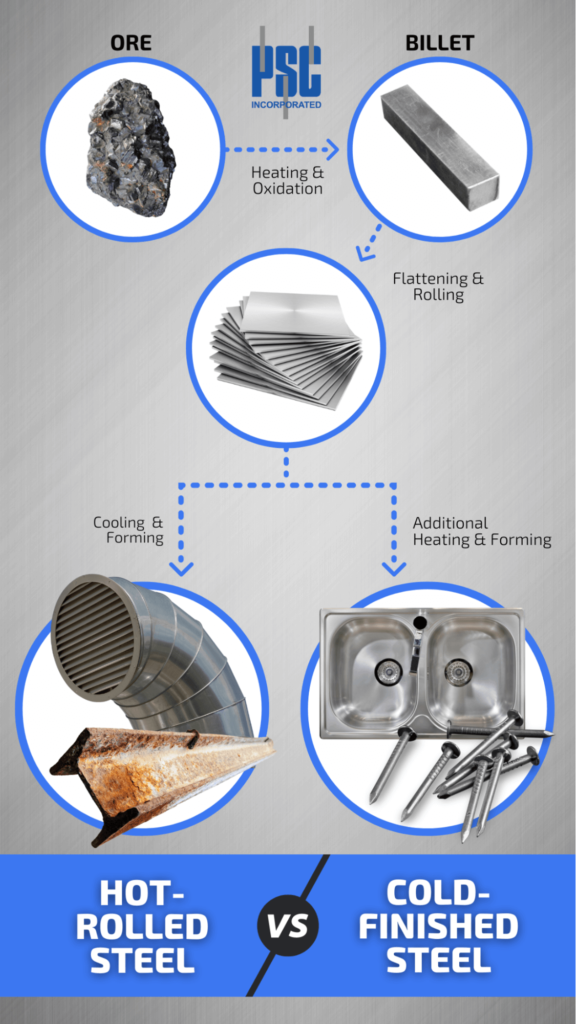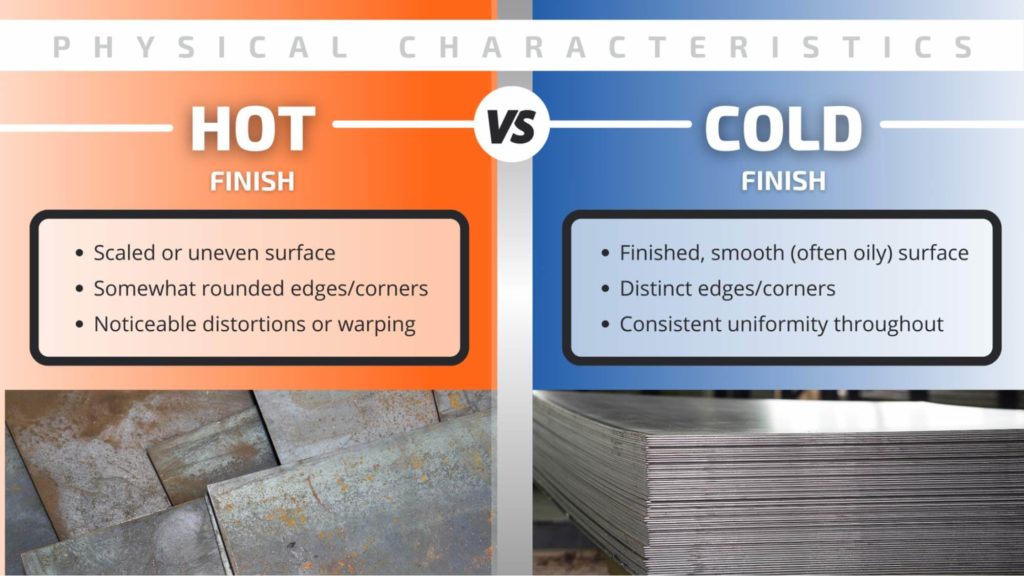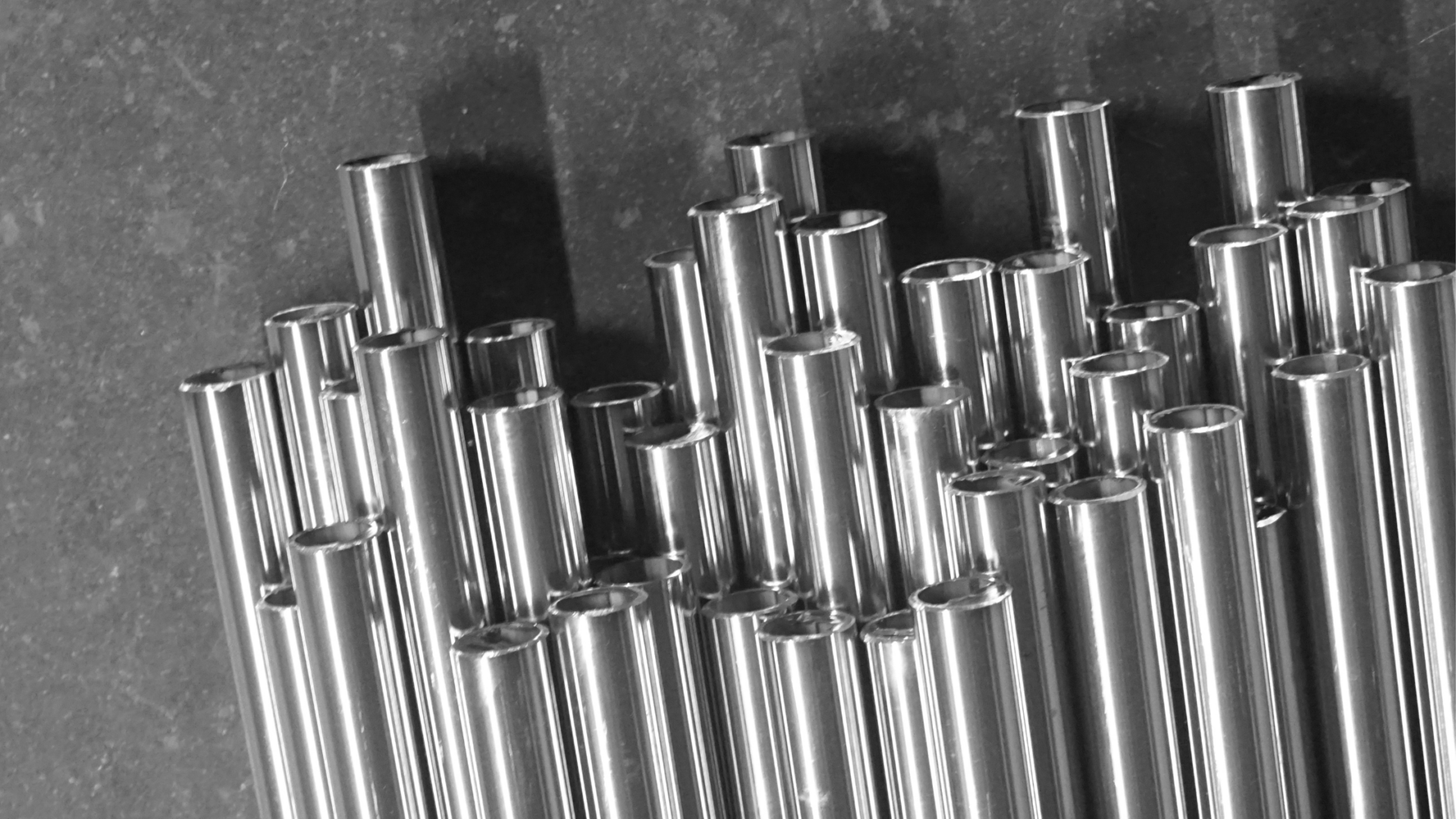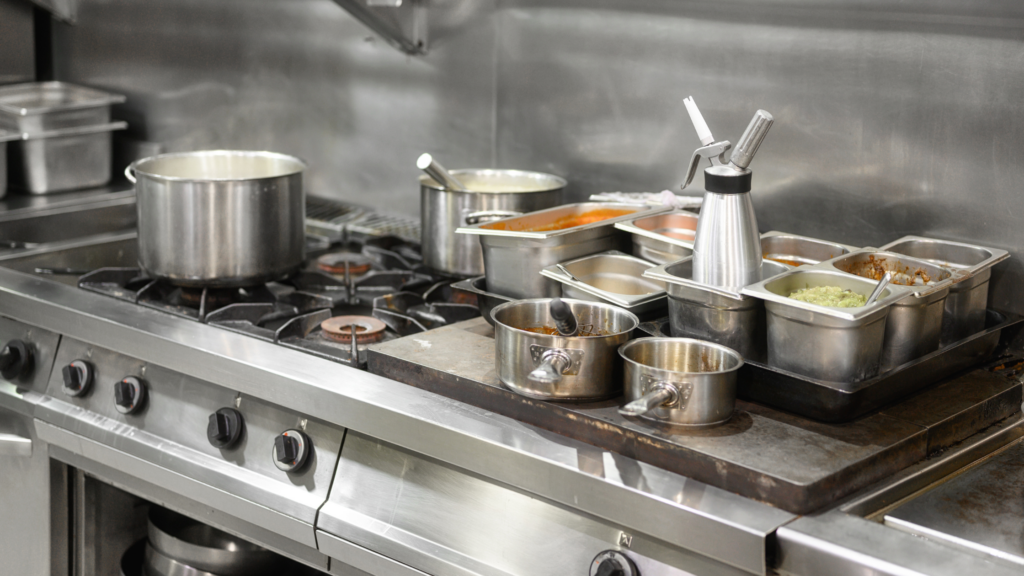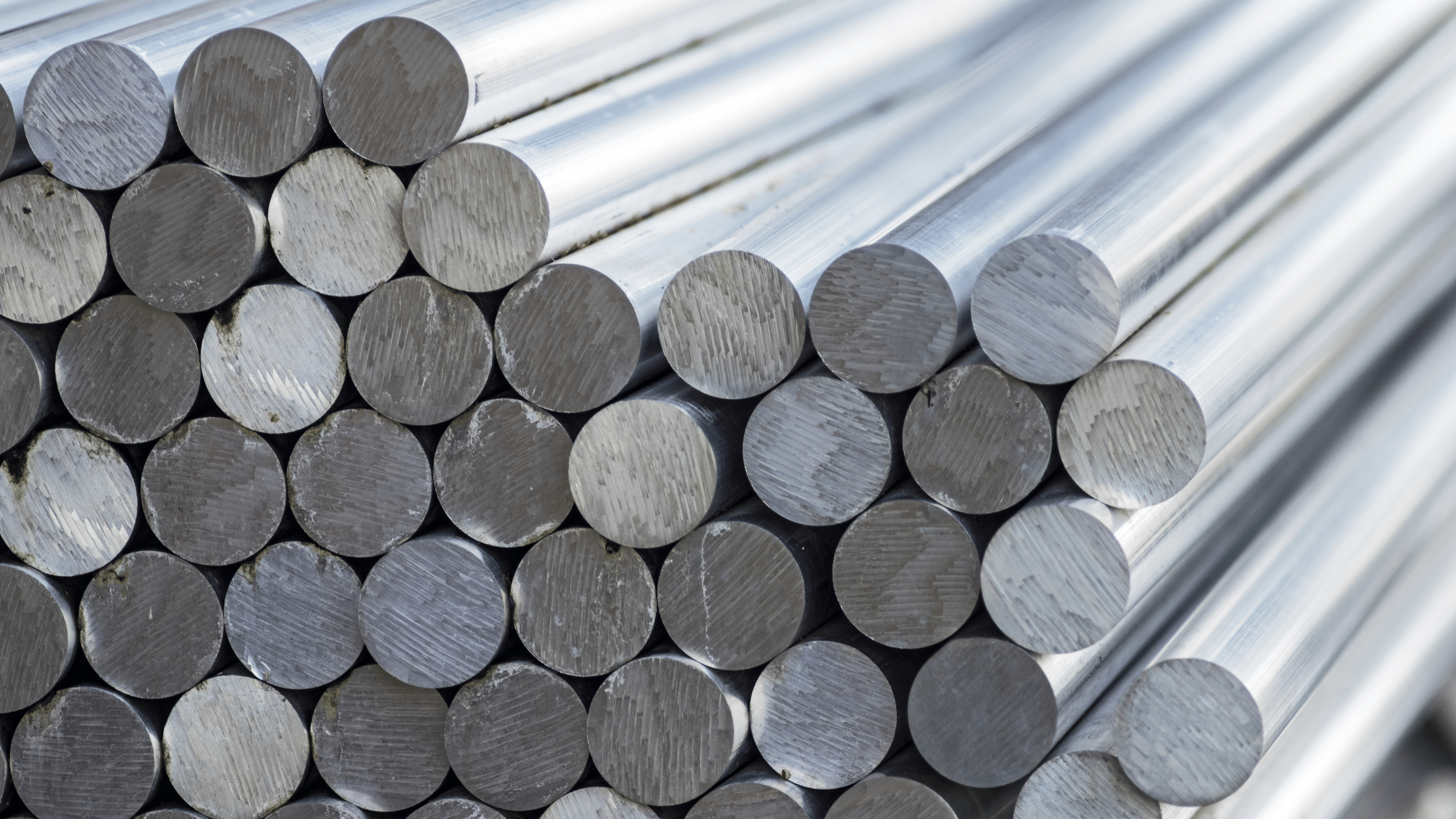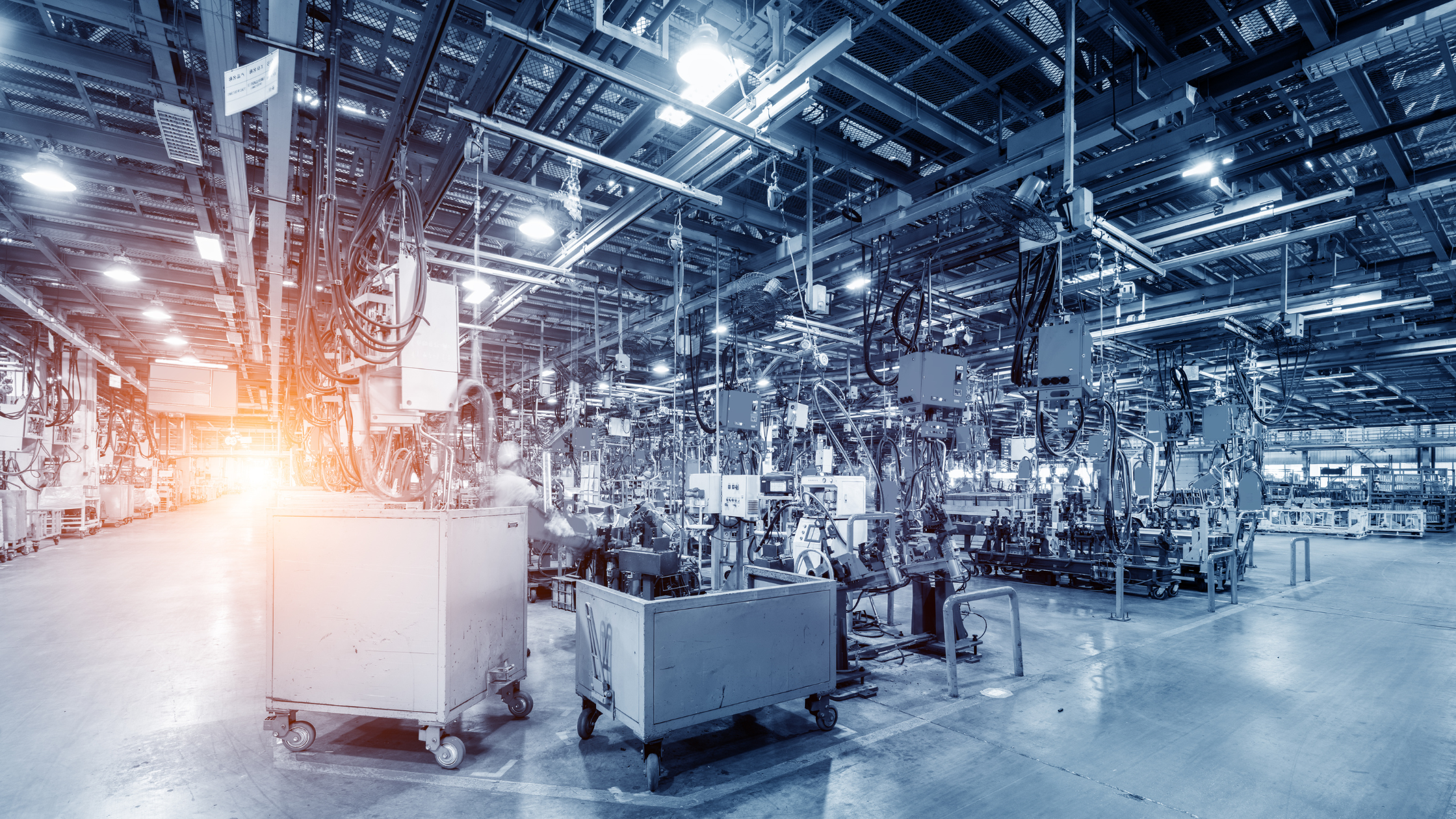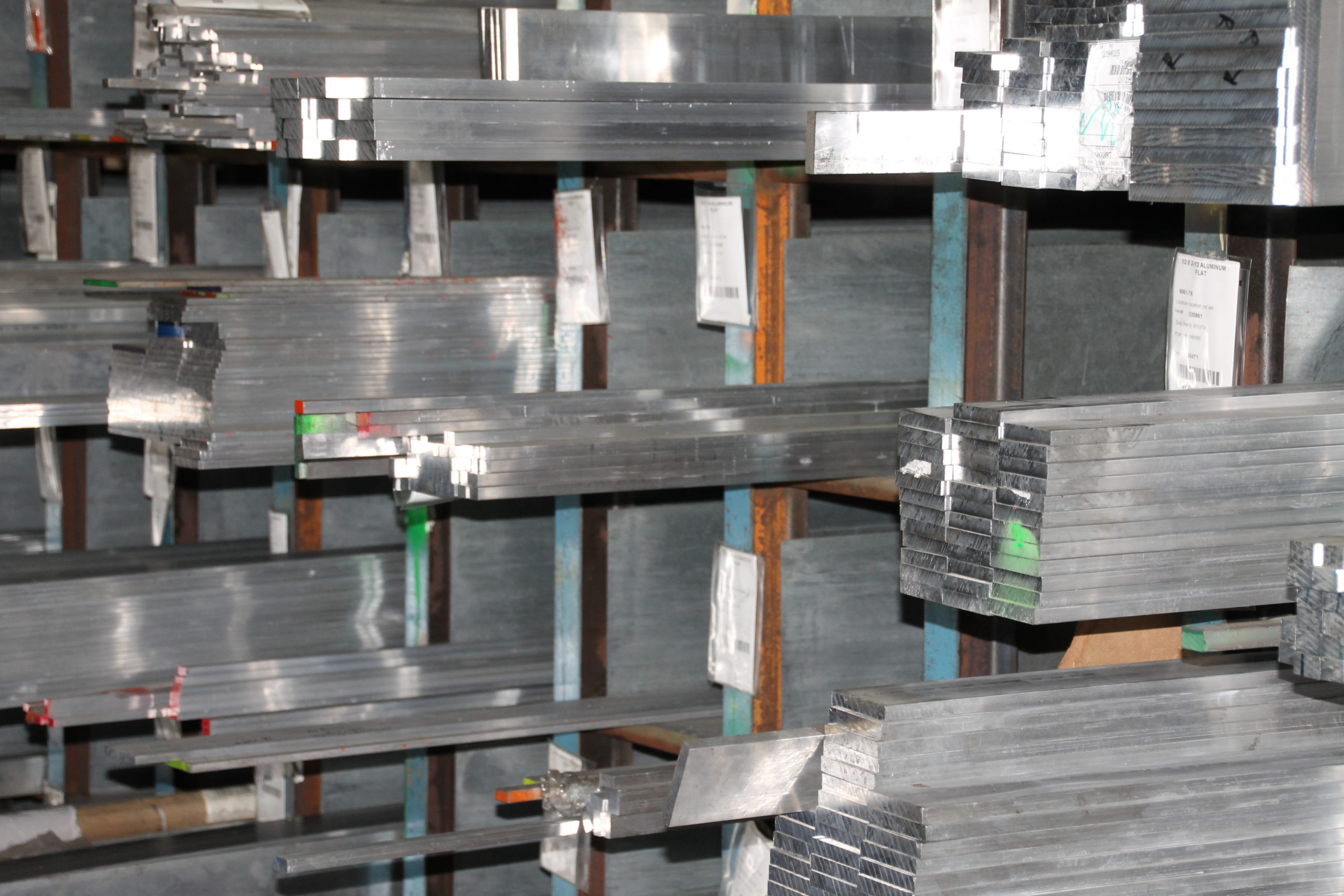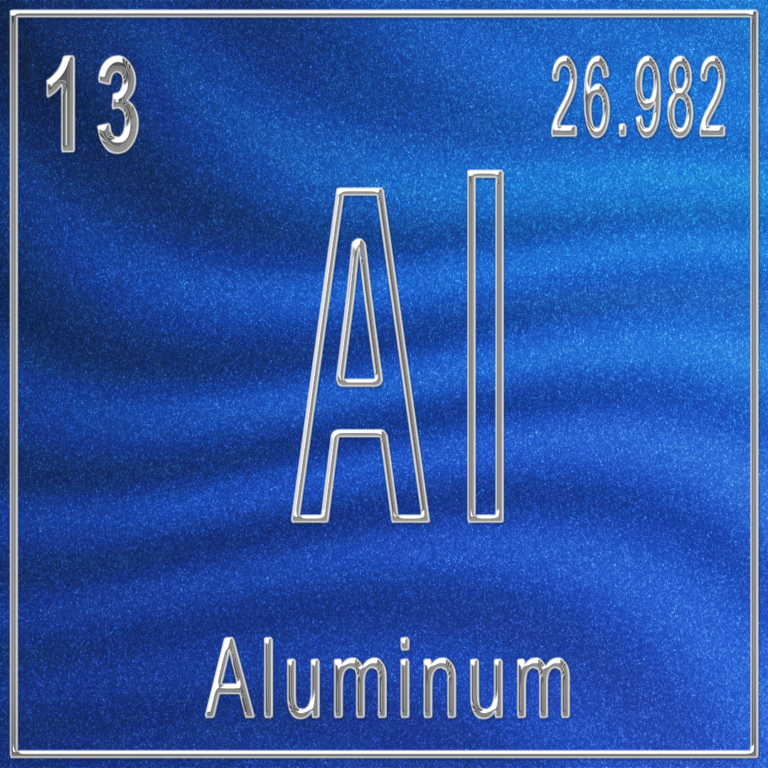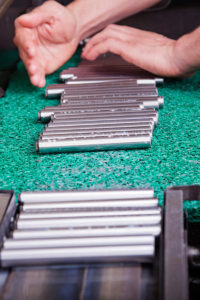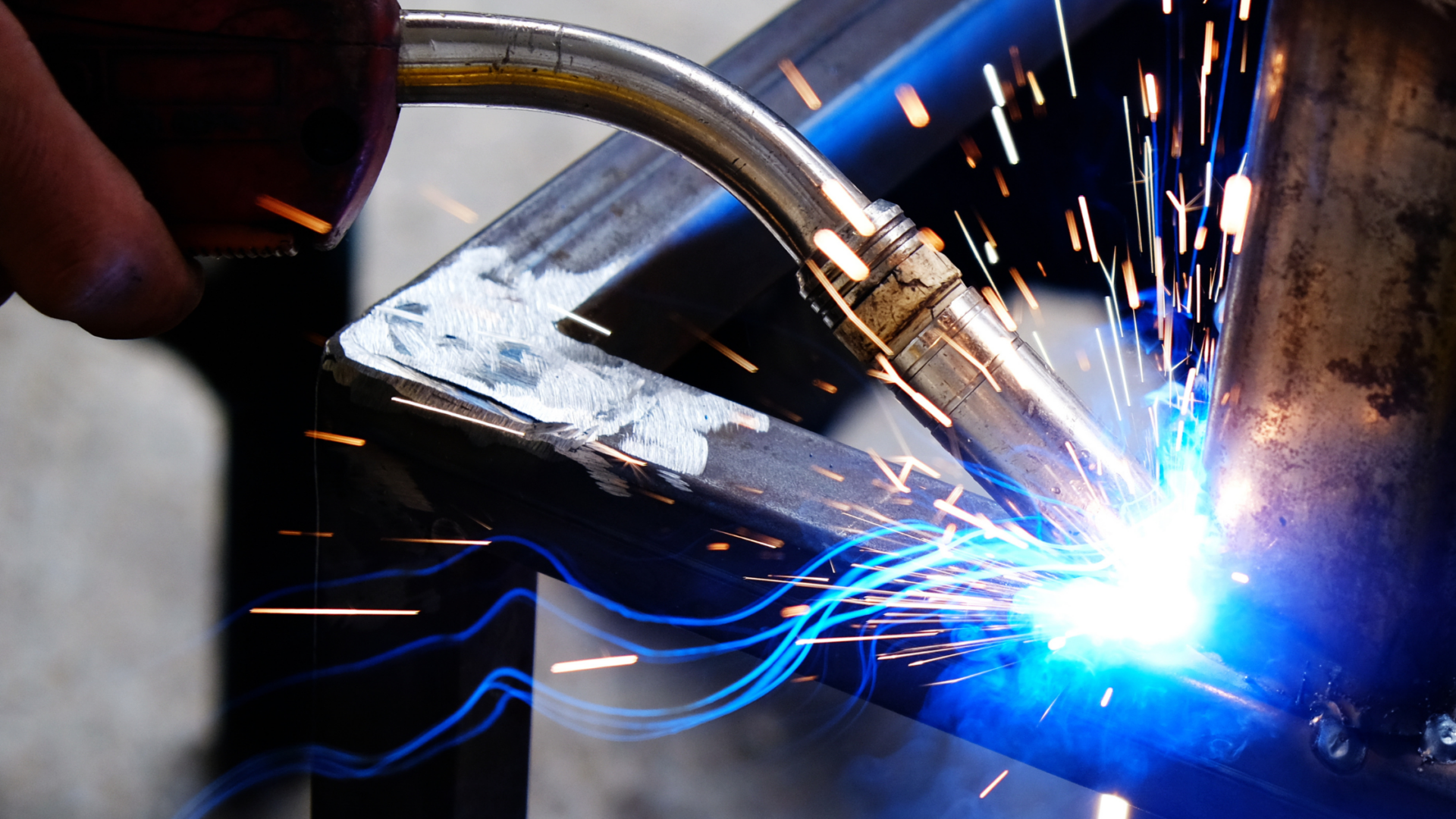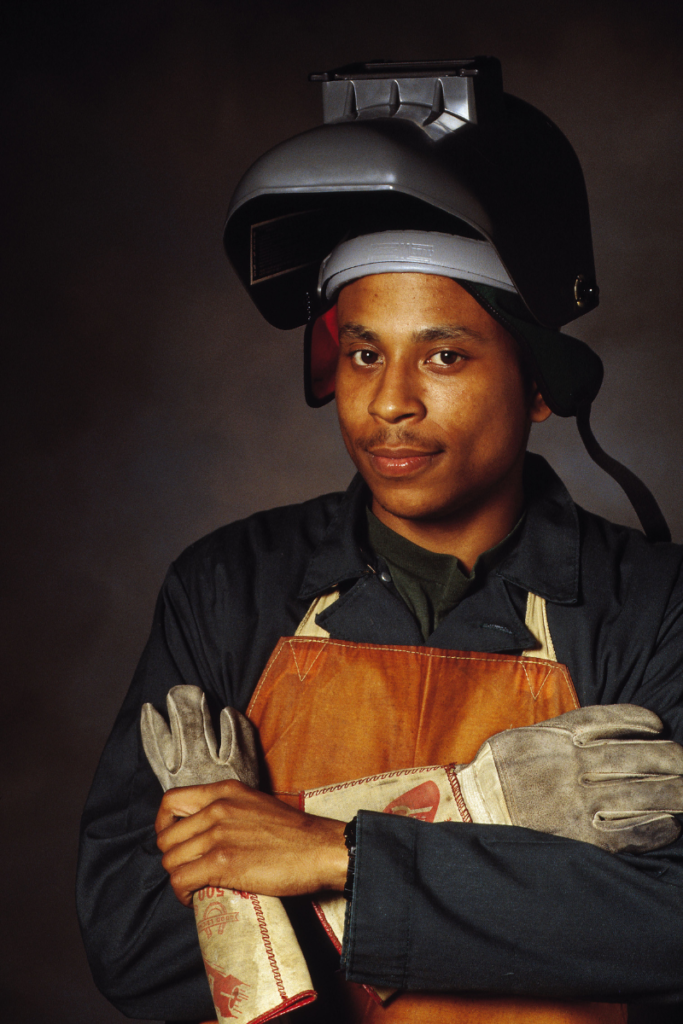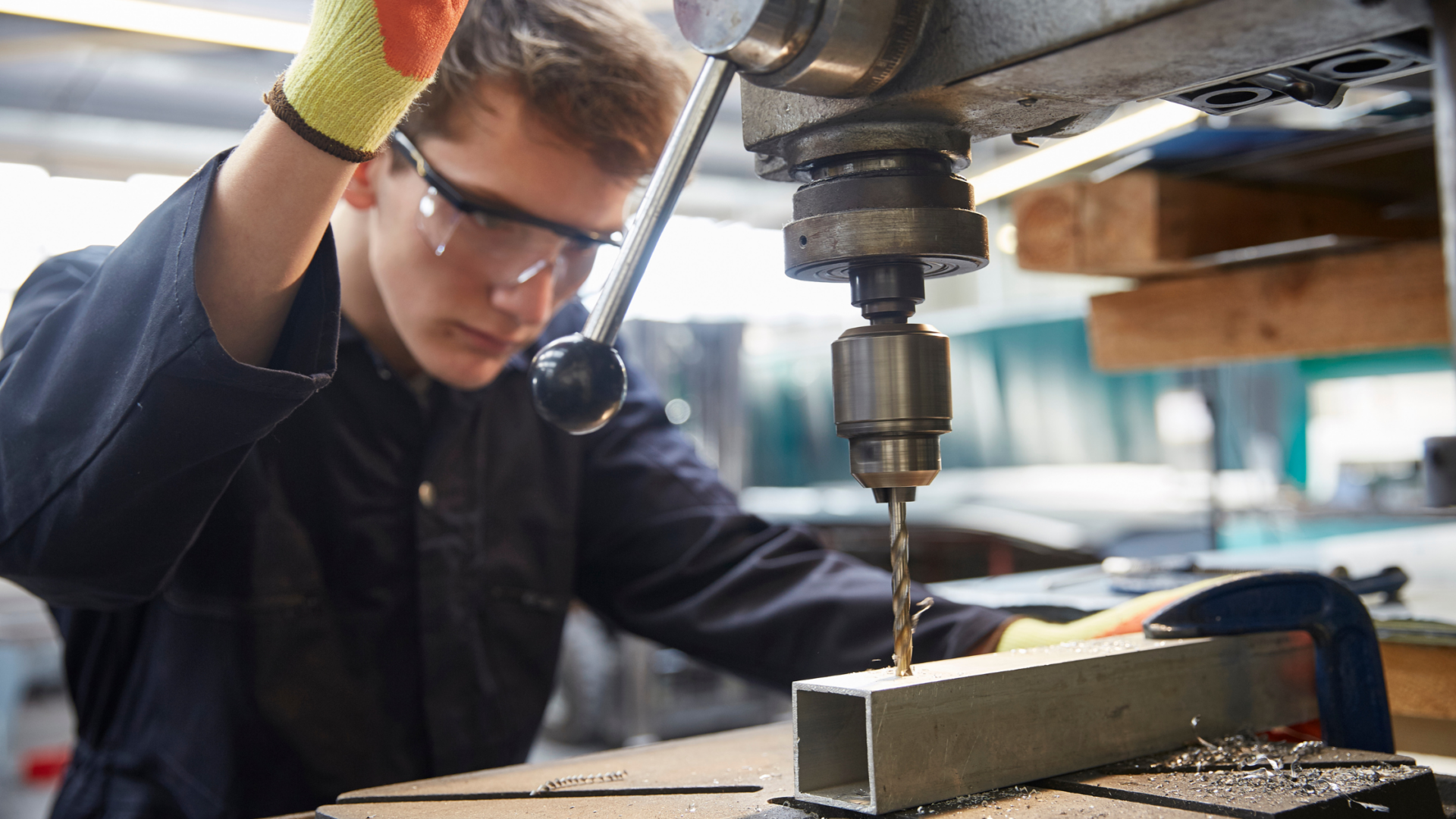
5 Easy Metal Cutting Methods
Metal cutting may be easier than you think. With the right metal cutting tools, the process is simple.
Before you get started, evaluate the metal cutting methods and tools available. Here are questions to consider as you assess metal cutting methods and tools:
- Are you cutting, resizing, or drilling holes in metal?
- Are you contouring or smoothing metal?
- How much money do you have to spend?
- What materials are you using?
- What experience do you have with cutting metal?
Once you know how to cut metal, you can do just about anything you want with it. Here are five of the easiest metal cutting methods and tools and how to choose the best ones for your project.
1. Magnetic Drill
This portable, lightweight tool lets you drill holes in iron, steel, and other metals. It has a magnetic base, so you attach to it a ferromagnetic surface. This reduces vibrations and helps you precisely cut metal horizontally, vertically, or directly above you.
A magnetic drill works with an annular cutter, twist drill, and other tools. It gives you the flexibility to use it for construction and many other applications.
2. Hacksaw
This hand tool consists of a fine-tooth saw commonly used to cut metal pipes, rods, and brackets. It’s a terrific option for someone who’s never cut metal before, since all you have to do is pick it up and start sawing.
A hacksaw may be less accurate than many other metal cutting tools. You may have to go back to trim the edges of the metal you cut with a hacksaw, too.
Hacksaws have blades you can change out depending on the application. Check the blade before you use a hacksaw. If you have a wood-cutting blade in place when you’re trying to saw through metal, you’ll damage the blade.
3. Angle Grinder
Trust this tool to cut soft and hard metals. Designed for speed and accuracy, an angle grinder lets you quickly and cleanly cut through metal pipes and sheets.
Angle grinders are incredibly versatile. Auto body shops, plumbers, and many others use them to cut metal at precise angles. Switch out the grinding or cutting disc, and you can use your grinder to remove paint from a car, cut ceramic tiles, and much more.
Since kickback is sometimes an issue with angle grinders, we recommend mounting your grinder with a side support handle. That way, if the blade buckles, you can still evenly cut your metal.
4. Tin Snips
Use this tool to manually cut sheet metal, with straight or curved cuts. Tin snips look remarkably similar to scissors. On close examination, you may see that the jaws of tin snips are shorter and more compact than those of scissors. Also, they typically have long handles. This helps you exert plenty of leverage to cut metal.
In all likelihood, you won’t have to spend a lot on tin snips. But they may wear down easily.
5. Plasma Cutter
For fast, clean, and powerful metal cutting, this tool is ideal. A cutter uses plasma to melt, then blow away metal. It works well with aluminum, stainless steel, and many other metals.
If you’ve never used a plasma cutter before, read the instructions. You’ll need to set its amperage and gas flow based on the metal you’re cutting and its thickness. As you cut, move the torch carefully. At the same time, you’ll want to keep the cutter the same distance away from your metal as you cut. This helps you protect against dross or slag.
Other Factors You’ll Want to Consider
To select the right tool, consider the thickness of your metal. If your metal is too thick for your tool, you could damage the metal, tool, or both.
To protect against flames, sparks, and other metal cutting hazards, wear a face mask, gloves, and other safety equipment. Stay away from any metal pieces you cut until they’re completely cooled down, too.
When cutting metal, be cautious, pay attention to the details, and take your time. This will help you cut correctly without any delays or disruptions.
For those who aren’t sure about how to use a particular metal cutting method or tool, get help. There’s no need to risk making a mistake that could cost you time and money. On top of that, any mistake you make could put you and anyone close by in danger.
Partner with a steel distributor to access metal cutting services, skills, and expertise. By doing so, you’ll be able to make informed decisions about metal cutting methods, tools, and much more.
Want Extra Help?
Pennsylvania Steel Company is one of the leading steel companies in Ohio, New England, Long Island, and other parts of the United States. We know the ins and outs of metal cutting methods and tools. Our team is here to help you with bar sawing, aluminum plate sawing, and other metal cutting services. Contact PA Steel for metal supplies and services near you.
